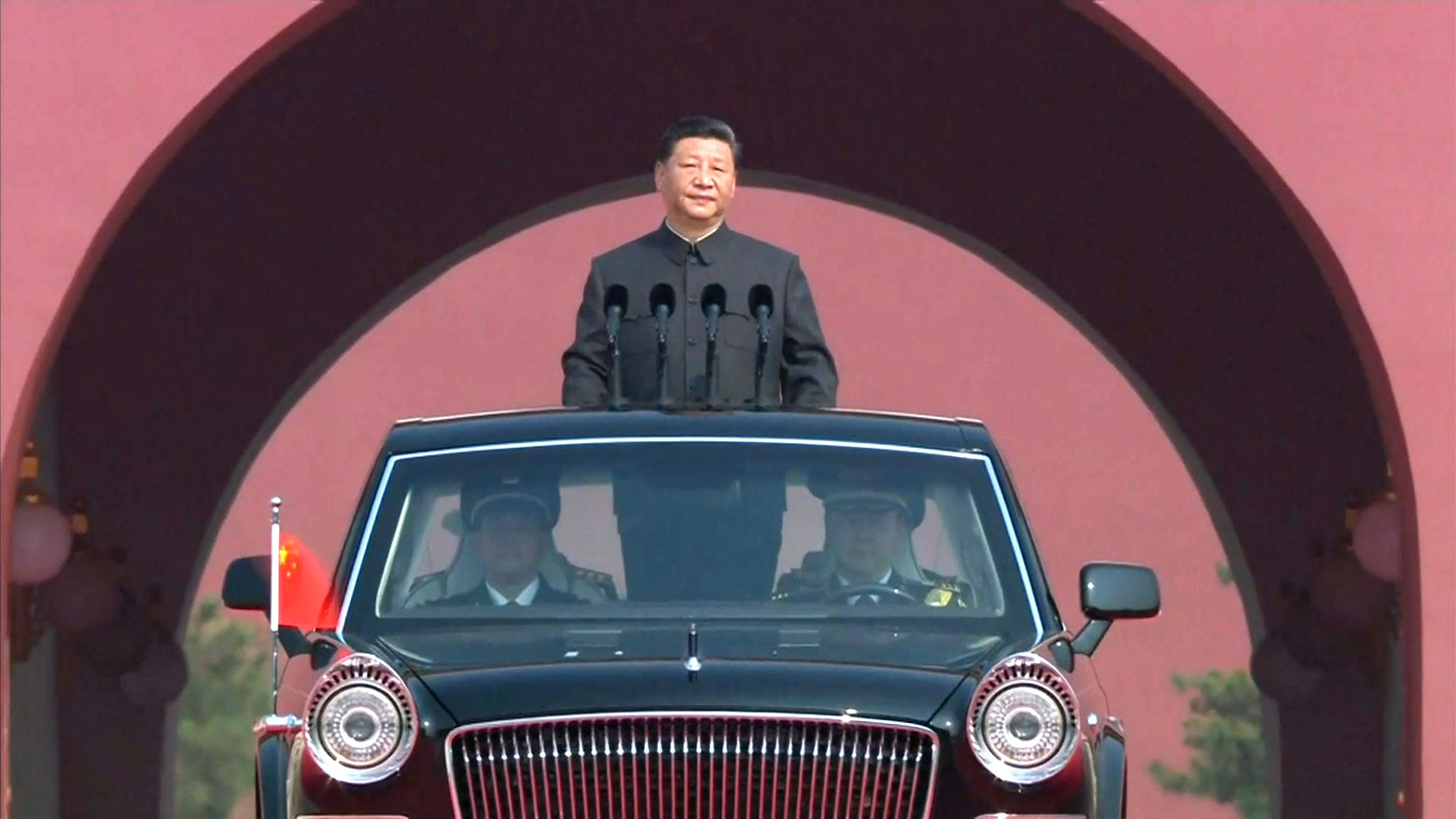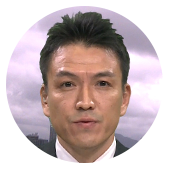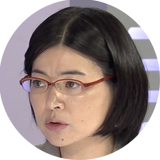The central committee of the Chinese Communist Party comprises more than 300 senior officials. Typically, plenary sessions to decide important policies and personnel affairs are held seven times every five years.
Each plenary session has its own role. The fifth is important in terms of choosing next-generation leaders and indicating the next five-year economic plan. In 2010, Xi was elected as vice chairperson of the Central Military Commission – a key military post. From there, he went on to replace President Hu Jintao and solidify his position as supreme leader.

Cementing Xi’s authority
Right now, preparations for choosing the next general secretary of the party would normally be underway. However, a communique released after the closing of the session mentioned no appointments of anyone who could potentially succeed President Xi, suggesting he will remain party leader beyond his current term. Xi’s tenure is now into its eighth year.
Other strategic moves have already been made. In 2018, the National People's Congress scrapped the limit of two five-year terms for both president and vice president.
Korogi Ichiro, a professor at Kanda University of International Studies, points to another. Last month, the party enacted new regulations that relate to the work of the Central Committee, requiring senior party officials to defend its authority and leadership – in other words, Xi.
"Protests against Xi within the party have been systematically blocked," Korogi says. "Xi has broken down the factions of the former leaders under the pretext of eradicating corruption. But domestic and diplomatic problems have also emerged due to the handling of the coronavirus and the conflict with the United States. There is considerable opposition among senior party members, but the idea is to tie up the Central Committee and prevent them from going against him at all."
A blueprint for self-dependence
The communique also suggests that China wants to largely rely on what it calls “internal circulation.” The aim here is to take advantage of a growing domestic market in a country with a population of 1.4 billion. In addition, it calls for an opening up to the outside world – to attract investment from abroad, promote the Belt and Road initiative, and create a huge economic zone.
The communique also touched on long-term goals, such as raising per-capita GDP to that of a moderately developed country by 2035. According to the International Monetary Fund, China's was about 10,000 US dollars in 2019. By comparison, Italy’s and South Korea’s were about 30,000 dollars.
The leaders also stressed the importance of promoting technological innovation as a key driver of new growth and development. Analysts believe this means the government will provide strong support to core technologies such as 5G communications and semiconductors.

In 2015, Beijing unveiled a strategic plan called “Made in China 2025”. It sets out a roadmap for establishing China as the world’s top player in key industries, but also triggered the country’s ongoing tensions with Washington. The latest developments could compound that situation.
Some experts say Xi is using the friction to further strengthen his grip on power. At the same time, many people believe his policies to promote innovation are the key to making China a global powerhouse.
The Communist Party will likely concentrate more power into the hands of Xi. Washington, meanwhile, is expected to continue to challenge Beijing regardless of who wins the US presidential election.
China’s economy is facing external pressure in the form of US trade sanctions, and it’s also dealing with a transition away from a dependence on exports. Xi has a balancing act ahead of him as he fastens his grip on power.


